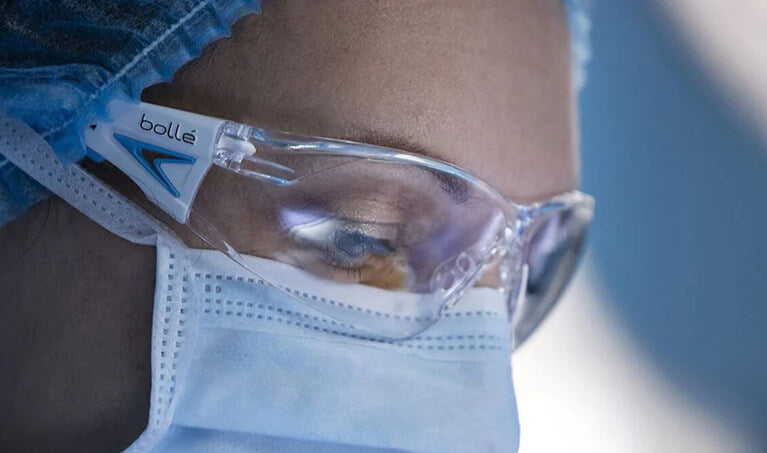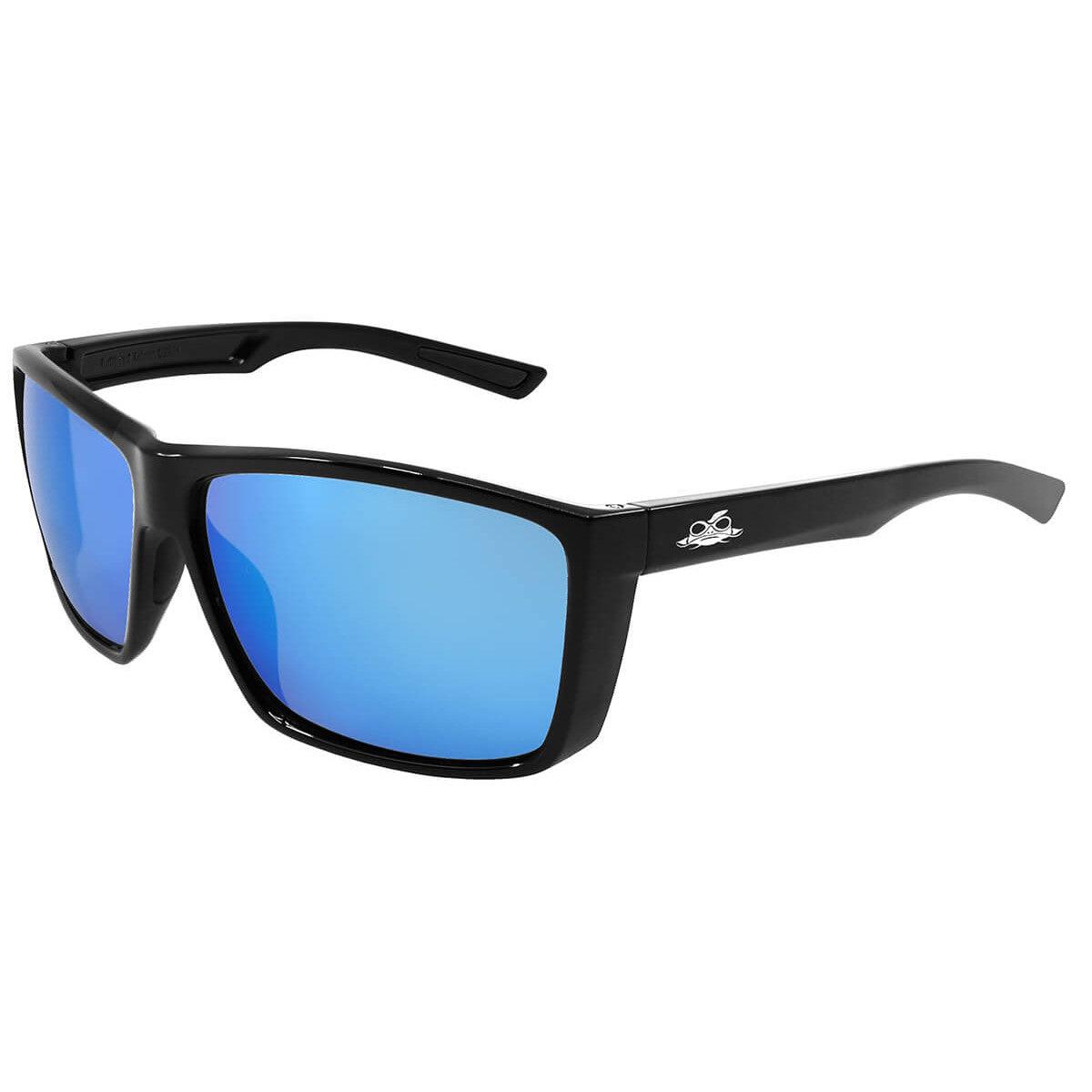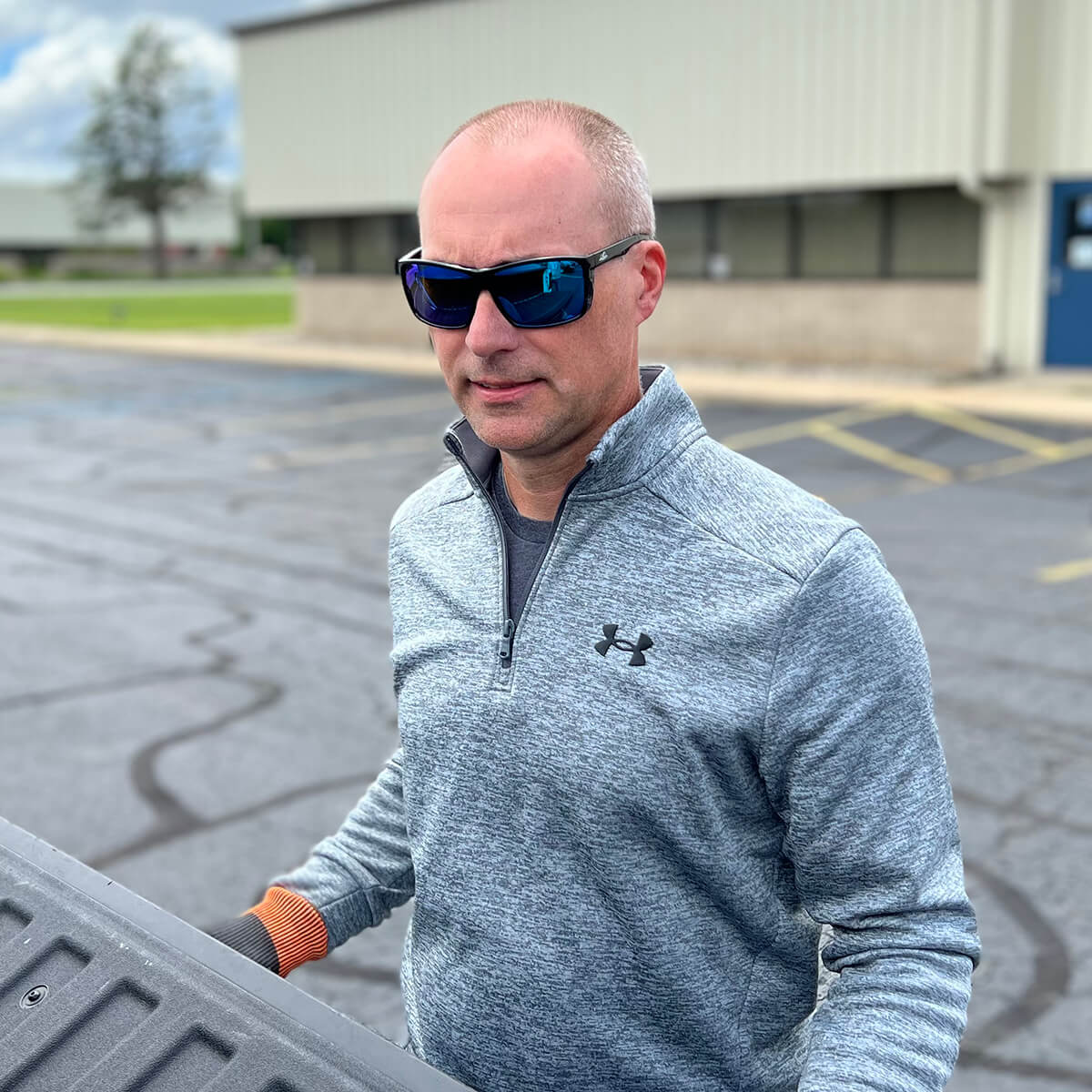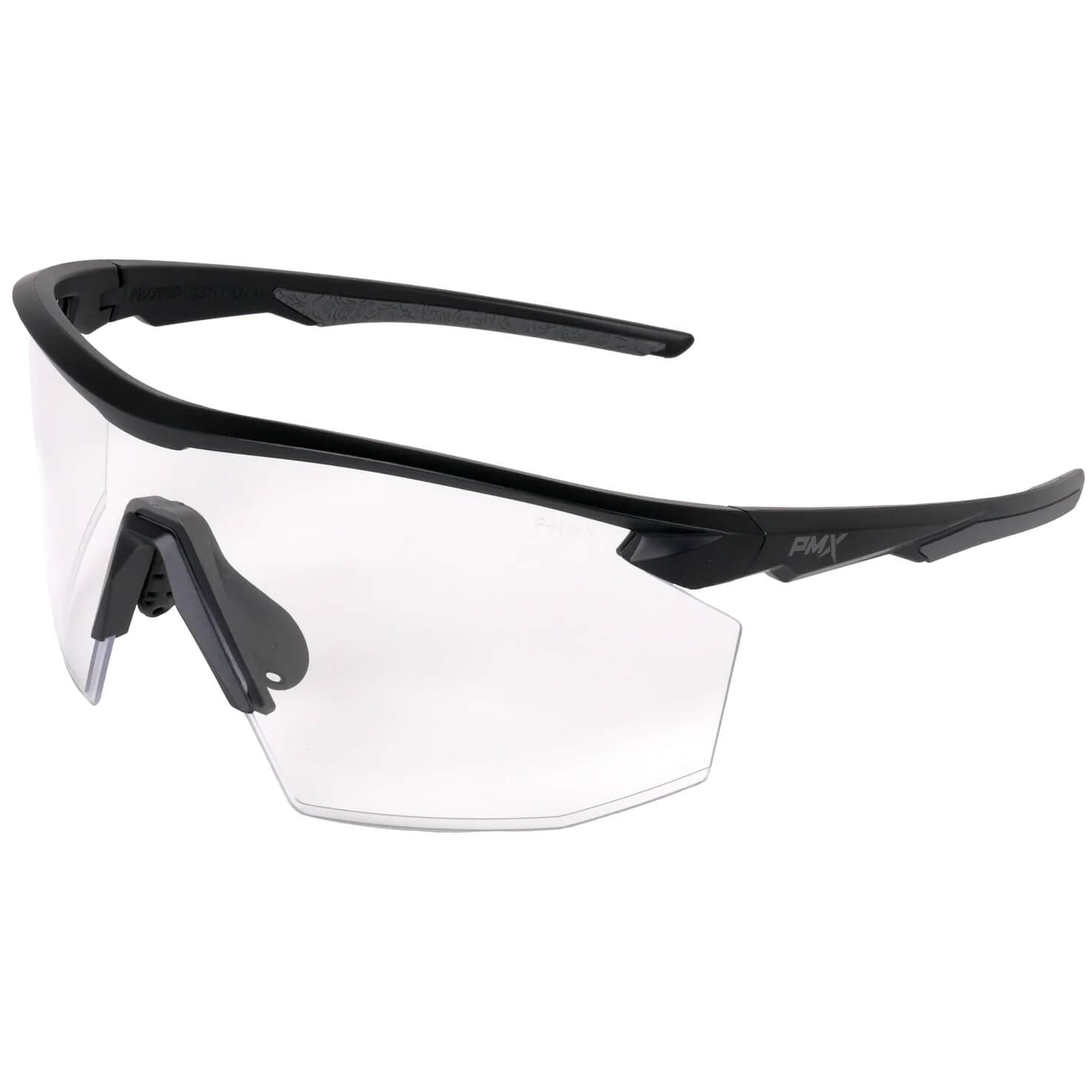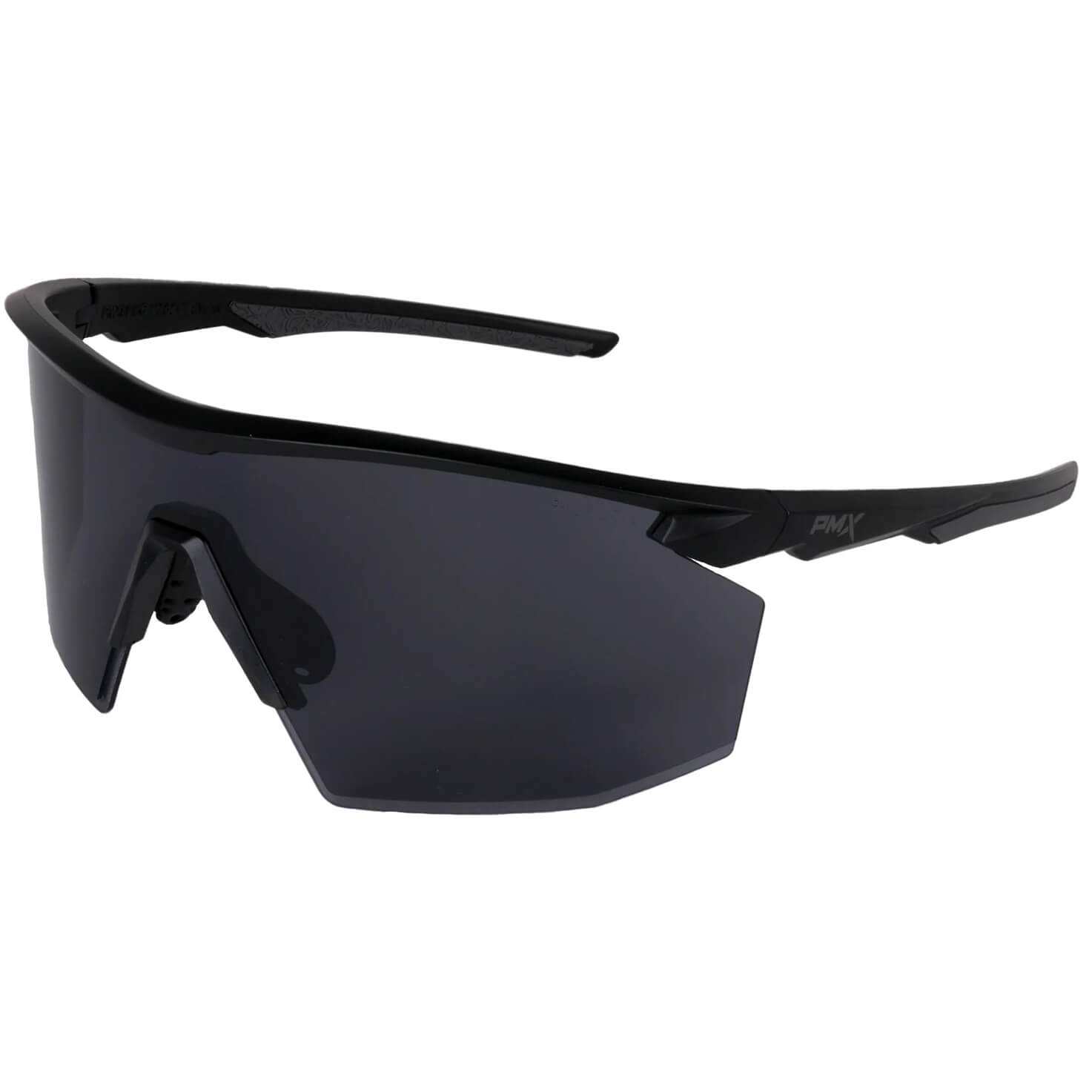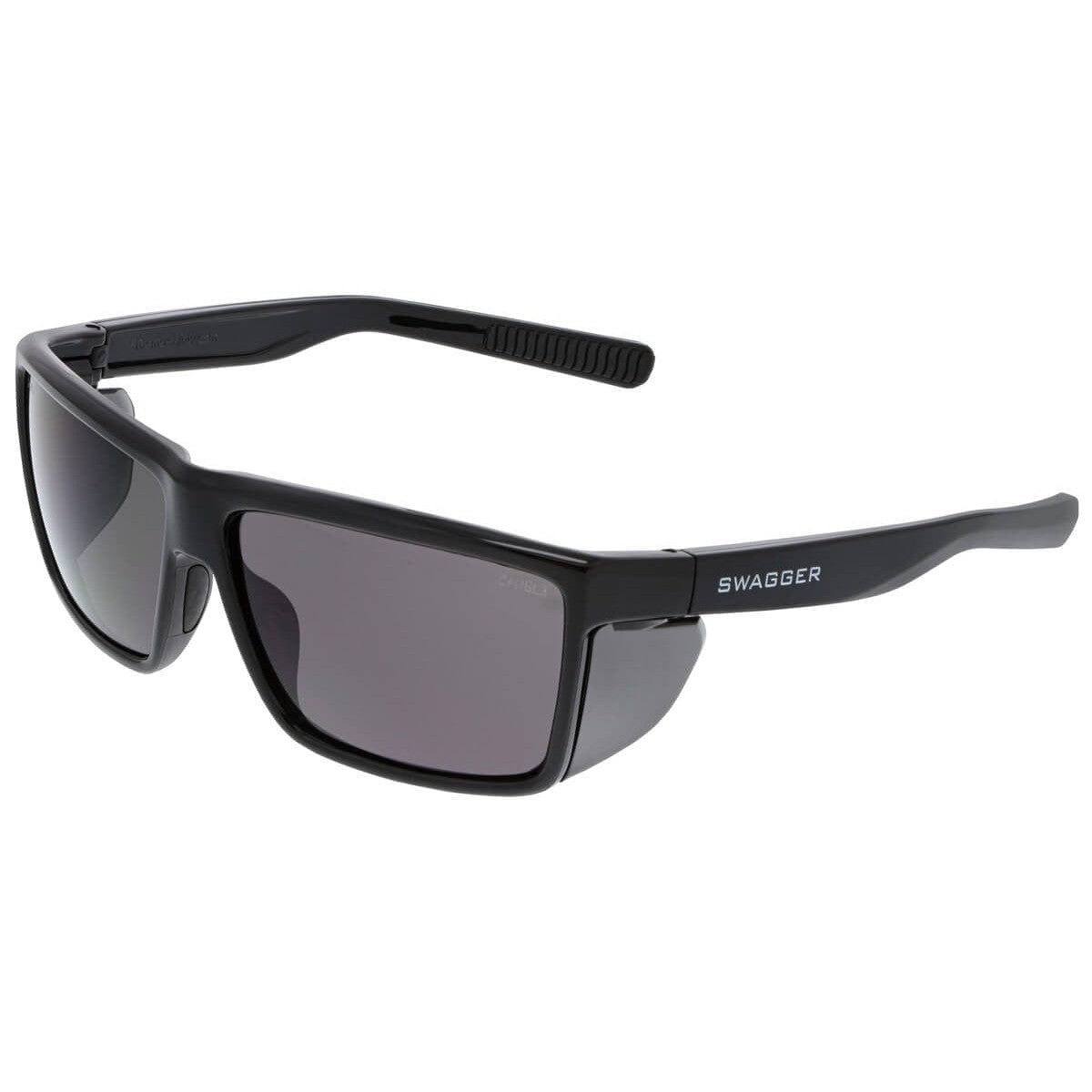Visits to the dentist come with the expectation of leaving teeth in better shape than before the visit. However, problems outside the patient's mouth are far from the expectations of a routine dentist visit. Indeed, an eye injury or eye infection from a dental visit is well outside most people's imaginations.
Yet, eye injuries and infections are precisely what can happen if the eyes are not protected during dental procedures. This danger exists both for patients and for professionals.
Eye Hazards
Injury and eye infections come from various hazards in a dental office. Patients, doctors, hygienists, and technicians can all be injured or receive infections in many ways.
“Preservation of eye sight and proper eye protection are important for both patients and dental team members. Patients who have common eye disorders must have confidence that dental providers will protect their eyes and reduce any threat of disease progression. All patients and dental team members should wear eye protection upon entering the operatory. Modern dental instrumentation and techniques create an increased ocular threat to patients and dental team members.” (Common Eye Disorders Encountered in the Dental Office)
Eye hazards in a dental office include but are not limited to the following:
1. Ocular contusions (blunt trauma) and cuts from clamps and sharp instruments.
2. Conjunctivitis (inflammation) is linked to waterline contaminants. This can include adenovirus and herpes simplex.
3. Trauma from instrumentation transfer or particles projected by equipment can produce a velocity of up to 50 mph.
4. Microbial infections from contaminated handpiece cooling mists and ultrasonic/air polishing units. These can contain bacteria and blood-borne viruses such as Hepatitis B and C and HIV, as well as herpes and rhinoviruses.
5. Electromagnetic radiation from lasers and damage from UV rays from curing lights.
Fortunately, some straightforward protective measures prevent these and other injuries and infections.
Preventative Measures
Preventing eye injury and infection in dental offices begins with medical personnel assessing how they protect their patients and themselves.
“Each of us needs to look at the equipment we are choosing in infection control. In knowing the ‘whats’ about eye protection, we can keep our patients and ourselves safe.” (Protecting Eyes: What?)
The following preventative measures can help in attaining that goal of safety for everyone.
1. Every person in the examination room during a procedure should wear protective eyewear. This means patients and dental professionals should wear eye and face protection.
2. Health care personnel should also wear protective eyewear, such as full-face safety shields, during any patient-care activities generating splashes of blood, body fluids, or chemicals, as well as any flying debris. Wearing protective gear should happen between procedures too. This includes during cleanup and when replenishing processing solutions.
3. Reusable eyewear needs cleaning per the manufacturer's instructions or with soap and water between patients.
4. Eyewear should protect against possible radiation damage. Lens color and level of protection depending on the laser being used, so check with the experts at Safety Glasses USA to help you make the best choice for your laser safety glasses.
5. Protect against possible UV rays from curing lights too. Protective eyewear should be worn by patients and dental personnel to protect against UV light exposure and airborne debris.
OSHA requires that all employers provide protective eyewear or face shields for employees. This eyewear should be impact-resistant, and ANSI certified.
In addition to what dental professionals can do, patients too can play a role. Taking the time to discover how patients can help promote a Healthy & Safe Dental Environment is essential to health and safety while in a dental office.
Functional & Comfortable Eyewear
The best way to increase safety eyewear compliance is to purchase comfortable and stylish safety glasses. Studies have shown these two factors are the main contributors to employee compliance. Nobody wants to wear ugly and uncomfortable eye protection.
If you work in a dental office, take these basic eye protection steps to ensure eye health and safety for you and your patients. For patients, if your dental professional does not offer you protective eyewear, ask for it. With proactive patients and professionals, the dental office can remain a place where both sparkling eyes and teeth come out the door.

